
Decoding Third-Party APIs: What Are They and How to Use Them Effectively
APIs (Application Programming Interface) aren’t just lines of code; they’re the threads stitching our online world together.
An API helps one software application to interact with another and specify what actions and data are available and how they can be used. It’s a set of rules and protocols that lets different software applications communicate with each other.
The fun part is you don’t need to build everything from scratch! Third-party APIs offer a variety of pre-made tools and functionalities at your disposal. They provide ready-made solutions for various tasks, from payment processing to language translation. By integrating these APIs, you save time, effort, and resources, focusing on the unique aspects of your project.
In this article, we will discuss everything about third-party APIs and guide you through the ways of integrating the perfect API for your development and business needs. Before moving forward with the main discussion, let’s have a quick look at the various types of APIs available in the technology sector.
Quick navigation:
- Different types of APIs that can accelerate your business
- What are third-party APIs?
- How third-party APIs work
- Benefits of using third-party APIs
- How to use third-party APIs: 9 best practices
- Common challenges when integrating third-party APIs
- Most popular third-party APIs with use cases
- How to choose the right third-party API for your project
- Future trends and innovations in the API realm
- Closing notes
Different types of APIs that can accelerate your business

APIs come in various types, each designed to cater to specific needs and functionalities. Here are different types of APIs that can help your business optimize communication with other external systems.
1. Open APIs (Public APIs)
Open APIs, also known as public or external APIs, are accessible to developers globally. They have minimal authentication and authorization requirements and often limit shared assets. While some are free, others require a subscription fee based on the number of API calls made.
2. Internal APIs (Private APIs)
A first-party or internal API is a set of rules and tools created by a software company or platform for its own use. These private APIs are intended for internal use within an organization. They streamline communication and data sharing among various internal systems and applications.
3. Partner APIs
Partner APIs are shared with specific external partners, allowing them limited access to certain features or data. These APIs enable secure collaboration between your business and trusted partners.
4. Composite APIs
Composite APIs allow developers to bundle multiple API calls or requests into one unified request. In complex scenarios, like microservices architectures, where one task requires data from numerous internal APIs, composite APIs simplify the process significantly.
In this article, we’ll discuss only external aka third-party APIs. Let’s learn everything about third-party APIs from the following sections.
What are third-party APIs?

Third-party APIs (Application Programming Interfaces) are interfaces provided by external organizations or developers that allow software applications to communicate and interact with their services, data, or features. These APIs are called “third-party” because external entities create them.
Usually, independent developers or companies provide third-party APIs, who are not directly involved in the development or distribution of the software being used.
Example: You can sign up with Google to create a new Twitter account. When you click ‘sign up with Google,’ Twitter accesses Google’s API to gather your email, name, and other necessary information for your profile setup. Google Sign-In functions as the third-party API in this process.
Some people face a dilemma when choosing between third-party APIs (external APIs) and first-party APIs (Internal APIs). The following comparison table might help them decide.
Key differences: first vs. third-party APIs
| Aspect | First-party APIs | Third-party APIs |
|---|---|---|
| Ownership and control | Developed and maintained internally by the platform or service provider. | Developed externally by external entities or companies. |
| Data security | Higher level of trust and assurance due to internal control and oversight. | Relies on the provider’s security practices, necessitating thorough evaluation. |
| Customization | Extensive customization options to allow tailored integration. | Predefined functionalities with limited customization possibilities. |
| Reliability and support | Reliable support, extensive documentation, and dedicated channels. | Reliability varies; depending on the provider’s reputation and track record. |
| Development costs | Potentially higher initial costs, lower ongoing maintenance overhead. | Lower upfront costs; may have recurring fees based on usage or licensing. |
Each type has unique strengths and considerations. Choose wisely to ensure seamless integration and optimal performance for your applications!
How third-party APIs work
Using a third-party API means your application can talk to another service or system. You make requests (like asking for weather data) through specific web addresses (URLs) using a secret code (API key).
The API processes your request and sends back the information in a format like JSON. Your app then uses this data to do things like displaying weather updates.
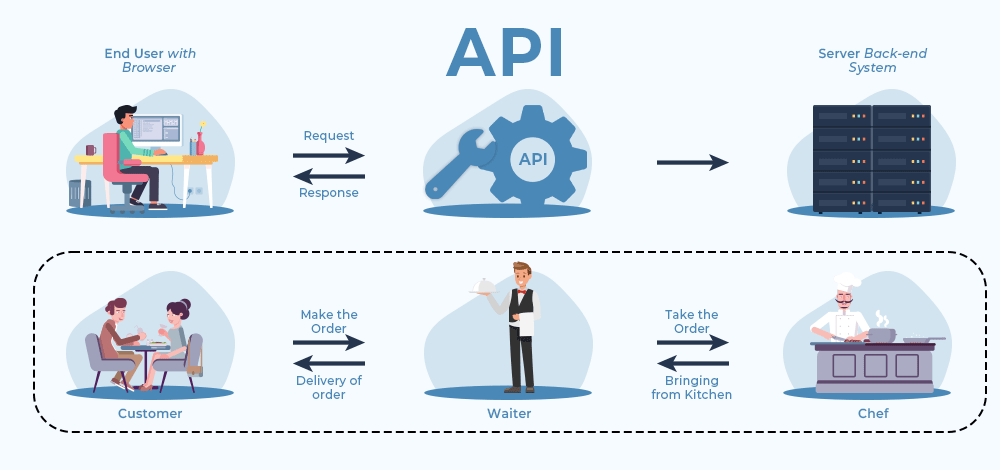
It’s like ordering food at a restaurant. You don’t go into the kitchen and cook your meal; instead, you order from the menu. The kitchen and the menu act like two separate systems, and the waiter is like an API, the link between them. And, you’re the end user.
Benefits of using third-party APIs
Integrating third-party APIs enhances efficiency, accelerates development, reduces costs, and enables access to advanced features and expertise. They empower developers to create innovative, scalable, and reliable applications with ease. Here are the key advantages:
1. Rapid development
Using third-party APIs accelerates your development process significantly. Instead of building features from scratch, you can tap into pre-existing functionalities, saving valuable time.
2. Cost-effectiveness
Utilizing third-party APIs reduces development costs considerably. These ready-made solutions eliminate the need for expensive in-house development, making your project more budget-friendly.
3. Focus on core features
By outsourcing non-core functions to APIs, developers can concentrate on enhancing the unique features of their apps. This streamlined approach improves the overall user experience.
4. Quality and reliability
Third-party APIs provide access to proven and reliable services. These APIs are extensively tested, ensuring robust and high-quality performance for your application.
5. Scalability

APIs handle a large volume of requests seamlessly, ensuring your application can scale effectively. As your user base grows, the API infrastructure effortlessly accommodates increased demand.
6. Innovation and advanced features
Third-party APIs incorporate cutting-edge technologies. Integrating these APIs brings advanced features like machine learning and geolocation services to your application without the need for in-depth expertise.
7. Community support and documentation:
Most APIs come with comprehensive documentation and active community support. This wealth of resources aids developers in problem-solving, fostering a collaborative environment.
8. Security and compliance
Reputable third-party APIs prioritize security and adhere to compliance standards. By integrating these APIs, you ensure secure data handling and compliance with industry regulations.
9. Interoperability
APIs bridge the gap between different technologies and platforms which promotes seamless interoperability. They facilitate smooth communication between diverse systems, enhancing overall efficiency.
How to use third-party APIs: 9 best practices
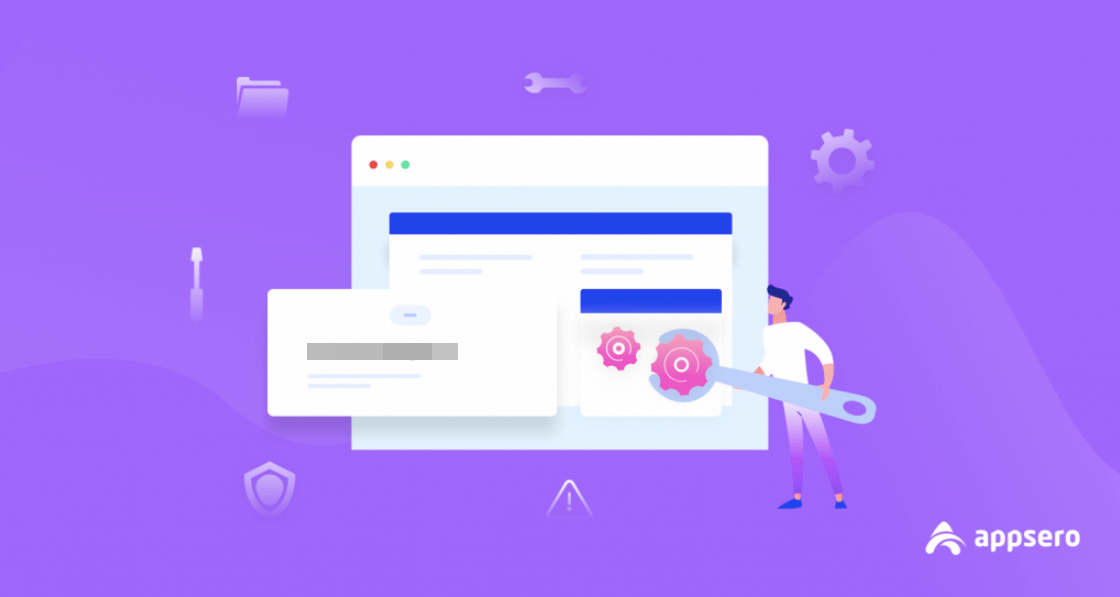
Here we’ve explained the best practices on how to integrate third-party APIs into your application. By following these practices, developers can seamlessly integrate third-party APIs into their applications and ensure secure, reliable, and efficient services.
1. Thoroughly research the API and read the documentation
Before integrating any third-party API, it’s essential to thoroughly research its functionalities and limitations. Dive into the API documentation, understanding its endpoints, authentication methods, and response formats. A comprehensive understanding ensures seamless integration and optimal use of the API’s capabilities.
2. Start with a sandbox/test environment
Begin your integration journey within the API’s sandbox or test environment. This controlled setting allows you to experiment, identify potential issues, and debug without affecting your live application. It’s a vital step to ensure that your integration works flawlessly in a safe environment before reaching your users.
3. Use asynchronous requests
Implement asynchronous requests in your application to prevent it from getting stuck while waiting for API responses. Asynchronous programming techniques ensure that your app remains responsive, providing a smooth user experience even during API interactions, which might take varying amounts of time.
4. Implement security measures
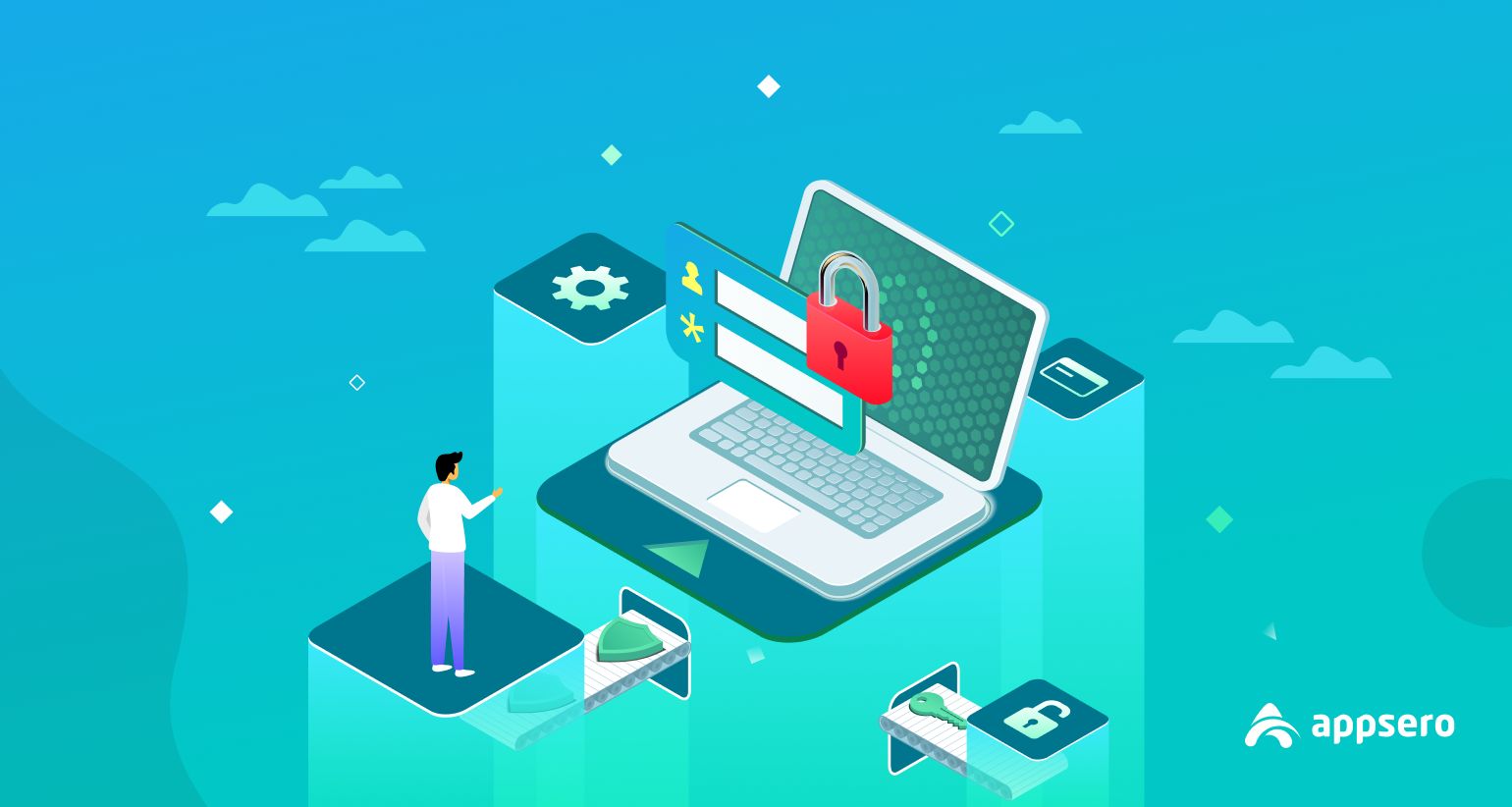
Focus on security by transmitting data over HTTPS. You must ensure encrypted communication between your app and the API server. Additionally, validate and sanitize API responses to safeguard your application from potential security vulnerabilities and provide a robust defense against malicious threats.
5. Handle rate limits and retries
Respect the API’s rate limits to avoid overloading it with requests. Implement retries with exponential backoff during peak times. Prevent server congestion by smartly managing retries. This approach ensures your application gracefully handles fluctuations in API demand without disruptions.
6. Monitor and analyze API usage
Regularly monitor your API usage, analyzing metrics like response times and error rates. Monitoring helps you identify bottlenecks and optimize performance. Thus, you can make sure your application delivers a seamless experience to users.
7. Cache data wisely
Implement strategic caching for non-frequently changing data to minimize API calls. Caching commonly accessed data reduces the load on both your application and the API server. This improves response times and creates a more efficient user experience.
8. Plan for failures
Develop a robust error-handling strategy to manage API failures gracefully. Your application should be prepared to handle API downtimes, network issues, or unexpected responses. By having contingency plans in place, you ensure uninterrupted service for your users, even in challenging situations.
9. Stay updated and versioned
Stay informed about API updates and changes to maintain compatibility. Staying up-to-date with the latest features and best practices guarantees a long-lasting, efficient API integration.
Common challenges when integrating third-party APIs

From ensuring data security and compliance with regulations to managing dependencies and mitigating financial implications, developers may face multiple challenges when integrating third-party APIs. Let’s have a quick look at the potential challenges you may face.
- Application functionality depends on external API uptime and reliability.
- Managing sensitive user data while adhering to data protection regulations.
- APIs enforce rate limits to prevent abuse, potentially affecting application performance.
- Inadequate or complex API documentation can complicate integration efforts.
- Managing costs associated with API usage and scaling infrastructure according to demand.
- The reliability and stability of third-party API providers can vary.
- Ensuring the application scales efficiently with API usage and optimizing performance.
- Inconsistent API responses and error-handling complexities can impact user experience.
Each challenge demands thoughtful strategies and precise solutions. This makes the integration process not just a technical endeavor but a strategic one. You need to understand and effectively address these challenges.
Most popular third-party APIs with use cases
Many third-party APIs have gained widespread adoption due to their robust features, reliability, and developer-friendly interfaces. They’ve become go-to choices for numerous applications across different industries. Here are five of the most popular third-party APIs across different categories, each with a notable use case:
1. Payment Gateway API
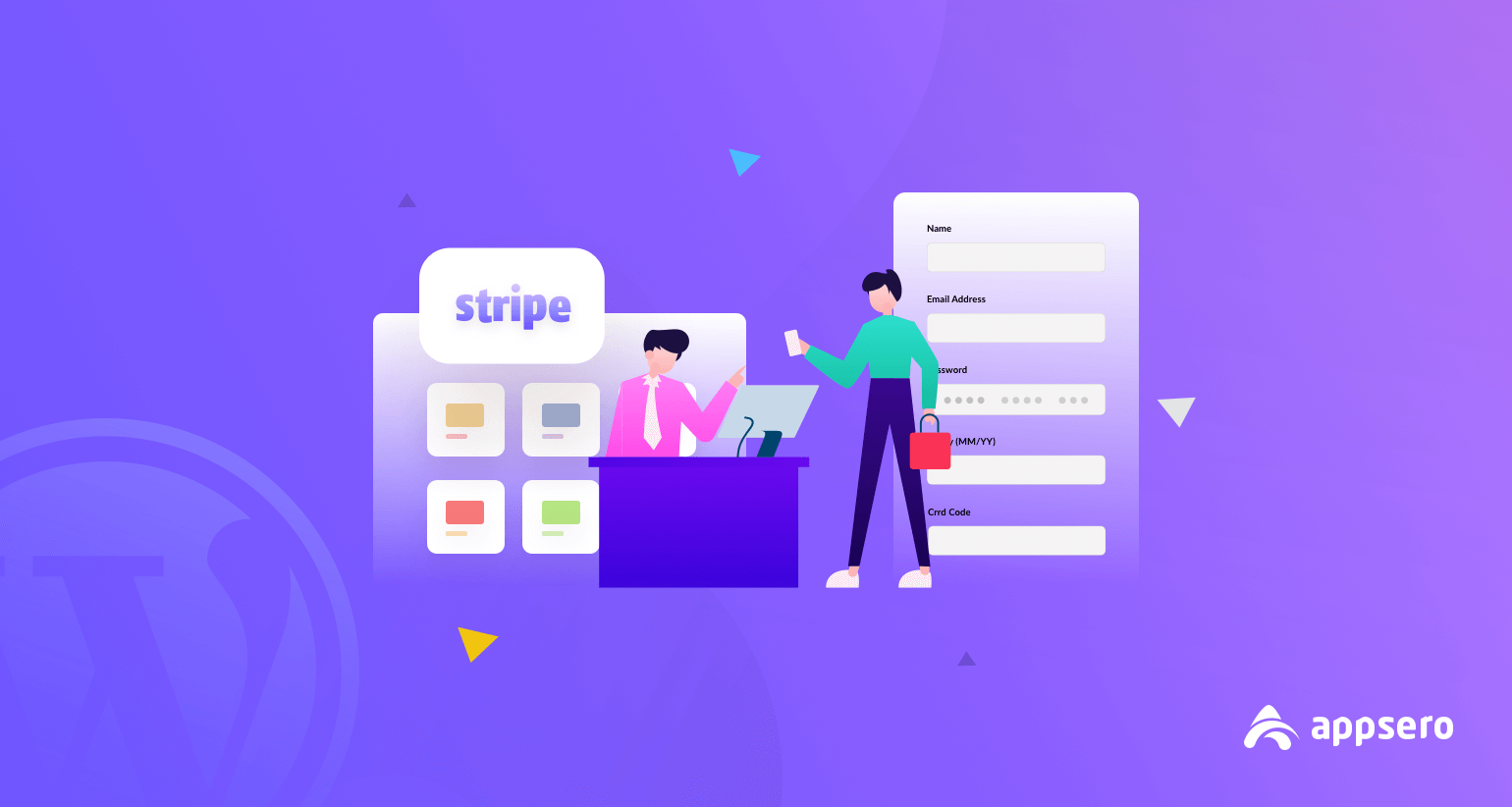
Stripe API: Many e-commerce platforms use Stripe’s API for seamless online payment processing, enabling businesses to accept payments securely.
2. Social Media API
Twitter API: Twitter’s API allows developers to access and interact with Twitter’s platform. It’s extensively used in various applications, from social media management tools to analytics platforms.
3. Mapping and Location API
Google Maps API: Countless apps and websites integrate Google Maps API for services like location tracking, geocoding, and mapping, providing users with accurate and interactive maps.
4. Cloud Storage API
Amazon S3 API: Amazon Simple Storage Service (S3) API is used by businesses and developers for scalable and secure cloud storage. Applications like Dropbox leverage S3 for storing and retrieving user data.
5. Machine Learning API
TensorFlow API: TensorFlow, developed by Google, provides an open-source machine learning framework. Various applications, including image recognition systems and language translation services, utilize TensorFlow’s API for advanced machine learning capabilities.
How to choose the right third-party API for your project
Choosing the right third-party API for your project requires a clear definition of project needs. Here is a list of considerations when choosing a third-party API for your project:
- Define needs: Clearly outline your project requirements and functionalities needed from the API.
- Research options: Explore multiple APIs that match your project requirements.
- Evaluate documentation: Check for clear, comprehensive documentation and sample codes.
- Check reliability: Investigate historical uptime, reliability, and rate limits of the API. Research the provider’s reputation, stability, and future updates.
- Consider security: Assess data encryption, compliance with regulations like GDPR, and security protocols.
- Test in sandbox: Utilize the API’s sandbox to test integration and assess performance.
- Check scalability: Evaluate load balancing, caching features, and pricing scalability.
Future trends and innovations in the API realm
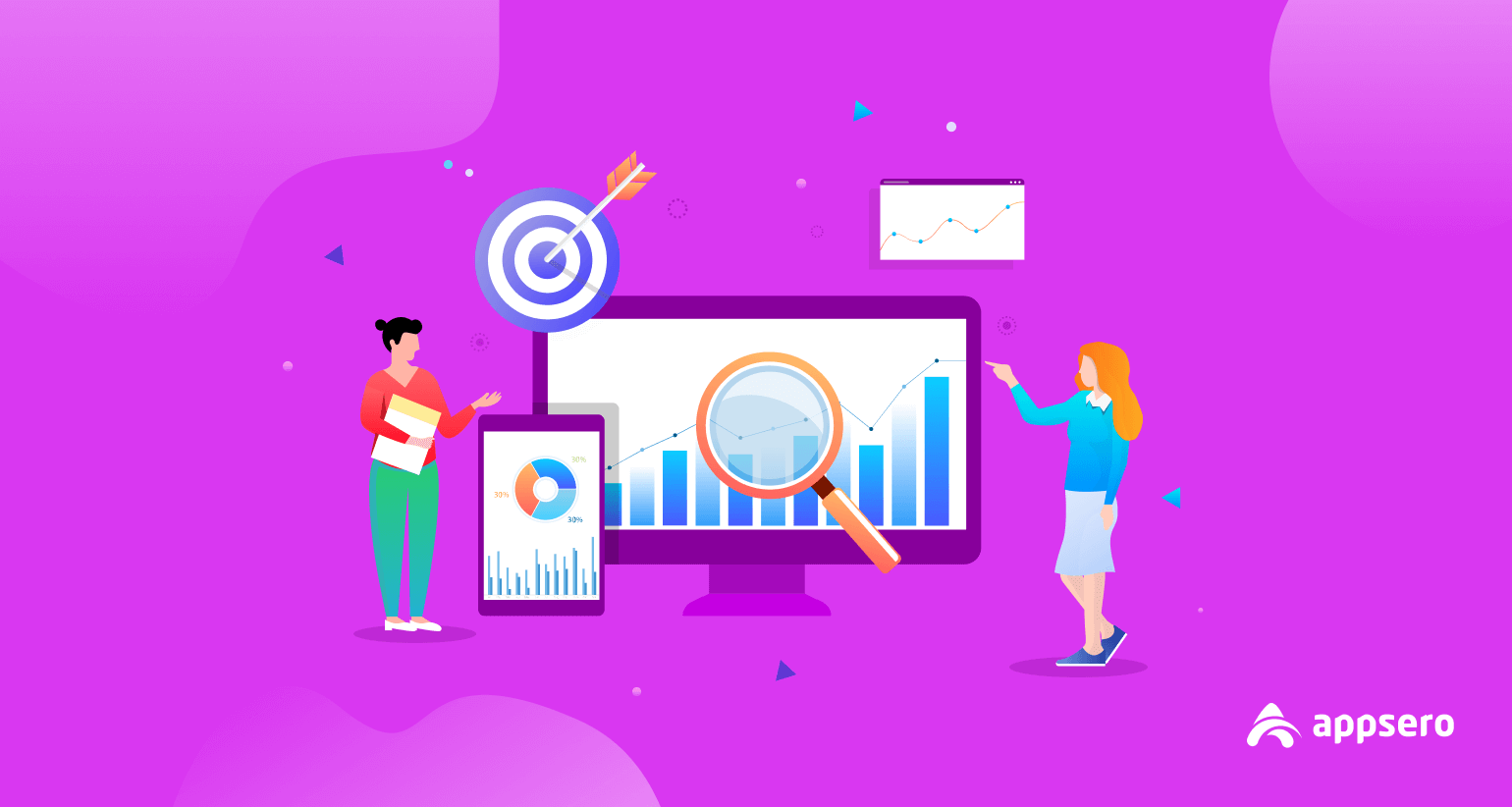
The widespread adoption of GraphQL is a new trend in the API realm. GraphQL is gaining popularity for its flexible and efficient data querying to enable clients to request only the specific data they need.
The State of the API Report by Postman in 2022 revealed a notable increase in the adoption of various API technologies, such as a 4% year-over-year rise in the usage of GraphQL.
Growth in serverless APIs allows developers to build and deploy APIs without managing servers, focusing solely on code. This promotes enhanced scalability, reduced operational complexities, and cost efficiency due to pay-as-you-go models.
The rise of low-code/no-code platforms also has a great impact. It offers visually-driven API development and enables non-developers to create APIs with minimal coding. This trend contributes to increased accessibility to API creation and the democratization of software development.
Closing notes
Third-party APIs are like magic tools. They open doors to a vast world of possibilities. Developers can add functionalities, enhance user experiences, and streamline processes with minimal effort.
So, whether you’re crafting a new app, enhancing existing software, or simply exploring the tech world, remember, that the right API can turn your vision into a reality.
If you are a WordPress user and looking for a license management and analytics tool, Appsero can help. You can simply connect your website with Appsero using a third-party API built by the developers at Appsero. This is how an API streamlines the workflow seamlessly without the need for further coding.
Subscribe To Our Newsletter
Don’t miss any updates of our new templates and extensions
and all the astonishing offers we bring for you.
